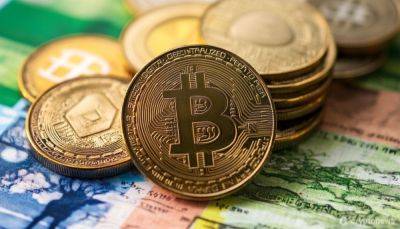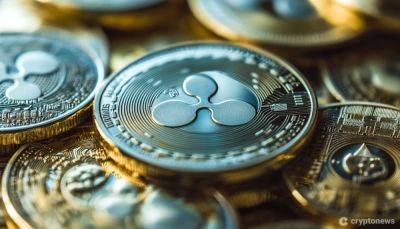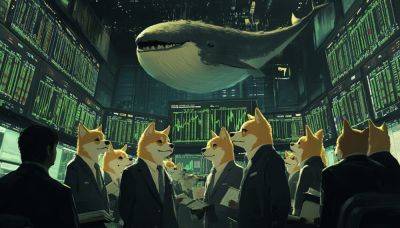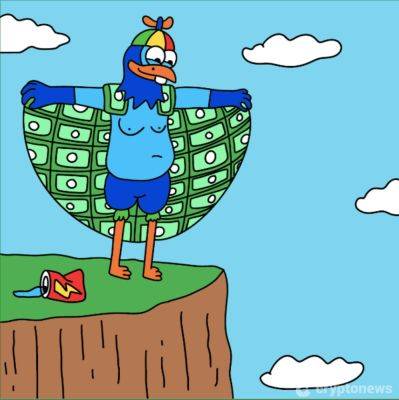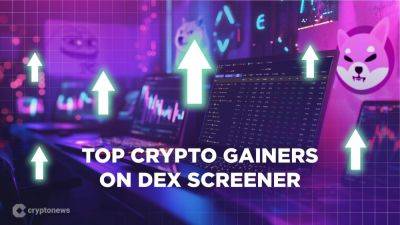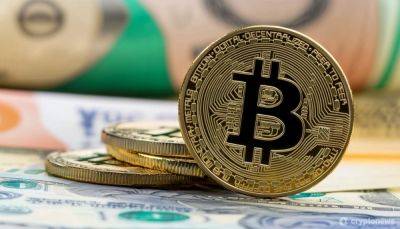Telegram Game Catizen (CATI) Token Is Live on Binance: Here’s What to Know
Jeffrey Gogo is a journalist with 20 years of experience in business, finance, cryptocurrency, and climate change news and analysis.
Elena is the Features Lead at Cryptonews.com. With a Master's degree in science journalism from City University, London, she is passionate about exploring complex topics in the world of technology.
Key takeaways:
The Catizen (CATI) token officially started trading on Binance, the world’s largest crypto exchange, on Sept. 20, marking a major milestone for the kitty-themed Telegram game.
Catizen had already rolled out pre-market trading on other exchanges like OKX and Bybit, ahead of the launch.
A few days earlier, Binance had announced the listing of Catizen on its so-called Launchpool, allowing users to stake their Binance Coin (BNB) tokens and the dollar-pegged stablecoin First Digital USD (FDUSD). By doing so, users could “farm” CATI – in other words, earn the token without ever playing the game.
As spot trades opened on Sept. 20, Binance users who received the token, whether via an airdrop or staking, could buy or sell the asset across pairs that include CATI/USDT, CATI/BNB, CATI/FDUSD, and CATI/TRY. As of this writing, the token is trading at around $0.95.
Manel Sort, CEO and co-founder of Games for a Living (GFAL), told Cryptonews that listing on a major exchange like Binance makes a token more visible and accessible.
“This potentially leads to increased trading activity and short-term price movements,” explained the studio lead.
Catizen’s airdrop has been rocked by controversy, with accusations of unfair distribution. There’s also lingering concern about the project’s future given that, in the past, similar P2E tokens have crashed soon after launch as profit-hunters cashed out.
Here’s a look
Read more on cryptonews.com




